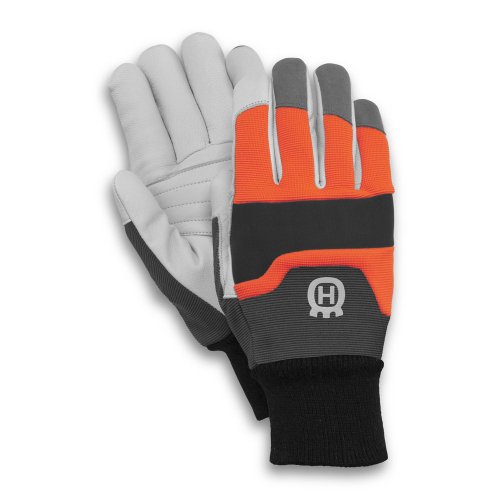When I'm not playin' with chain saws, my regular job is managing the pattern dept at an aluminum mold company. Over time I've picked up a few things about casting metals and plastics, etc. While I've never seen the machinery used to cast the cylinders many chain saws use, looking at the witness lines, figuring which way various mold parts must pull to achieve the transfer ports means that any cylinder using closed transfers is going be quite expensive, requiring many cammed or toggled moveable mold parts to effect the transfers.
The 2159/359 cylinder, on the other hand will only require plugs that move in and out. Such plugs require less close tolearnces, so the mold life is longer and requires less maintenence over the mold service life. As a guess, I'm thinking they are saving 7-10% or more per part, even including costs to add the covers.
I wonder if it is merely coincidental that there seems to be much meat on the top surface of the ports and on the caps...as if the design folks were planning to massage a few of these by hand to test for better performance, then order changes for later production runs. Apparently the saw has enough pith and vinegar as it was.
























































